1 To see the most recent recommendations pertaining to surveillance for hepatocellular carcinoma, open the document AASLD Guidelines for the Treatment of Hepatocellular Carcinoma 2 Review pages , including the recommendations at the bottom of page 361 and top of 362 Guideline Vogel A, Cervantes A, Chau I, Daniele B, Llovet J, Meyer T, et al Hepatocellular carcinoma ESMO Clinical Practice Guidelines for diagnosis, treatment and followup Ann Oncol 18 19 21 ILCA HCC Biomarker Guidelines expert panel, Member, Chair (risk biomarker subpanel) AASLD Fibrosis Special Interest Group (SIG), Steering Committee, Elected member The Texas Collaborative Center for Hepatocellular Cancer (TeCH), Scientific Committee, Member
Www sld Org Sites Default Files 11 sld Covid19 Expertpanelconsensusstatement November09 Pdf
Aasld hcc guidelines 2020
Aasld hcc guidelines 2020-And Designing Practice Guidelines(2);19 Postgraduate Course Precision Hepatology in Clinical Practice Contains 27 Component (s), Includes Credits Component Credit Type State/Medical Type Available Credits Earned Credits CME Credits Medical



1
Indication for HCC Surveillance In 18, the American Association for the Study of Liver Diseases (AASLD) issued updated guidelines for the Treatment of Hepatocellular Carcinoma The 18 AASLD HCC Guidelines recommend that all adults with cirrhosis of any etiology, should have surveillance for HCC because surveillance improves survival and increases the detection of earlystage HCC8 ) *This APASL Guideline can be downloaded by clicking below11 ) APASL Guidelines for Acuteonchronic Liver Failure "Acuteonchronic liver failure consensus recommendations of the Asian Pacific Association for the Study of the Liver (APASL) 14" (Hepatol Int 14;
Purpose To enhance clinician's decisionmaking by diagnosing hepatocellular carcinoma (HCC) in cirrhotic patients with indeterminate liver nodules using quantitative imaging features extracted from triphasic CT scans Material and methods We retrospectively analyzed 178 cirrhotic patients from 27 institutions, with biopsyproven liver nodules classified as indeterminate using theAASLDTASL INVITATION Dear Colleagues, It is with great pleasure that the American Association for the Study of Liver Diseases (AASLD) and the Turkish Association for the Study of the Liver (TASL) announce our second joint conference to CONNECT physicians and health care providers in Turkey with experts from the USA and Turkey in hepatologyWhereas AASLD17 does not specify, APASL17 and EASL18 describe the target population in the guidelines EASL18 made a breakthrough and used the PAGE B score system for noncirrhotic HBV patients The score system is intended to determine unnecessary screening for Caucasian patients with chronic HBV
New Cases of Hepatocellular Carcinoma Disproportionately Affecting Americans in Rural Areas New Study Shows Data from a new study presented this week at The Liver Meeting Digital Experience® found that the rate of new hepatocellular carcinoma (HCC) cases has slowed since 09, but only in urban areasAnd (4) the experience of the authors and independent reviewers with regard to NAFLD This practice guidance is intended for use by physicians and other health professionals As clinically appropriate, guidance statements should be tailored for individual patients The AASLD guidelines have several limitations and the adherence rate has been reported to be low The adherence to AASLD guidelines in treating patients with HCC was explored in this study Methods Between 17 and 19, 106 patients with HCC were identified In our cohort, 70 patients (66%) were discussed in the multidisciplinary tumor board
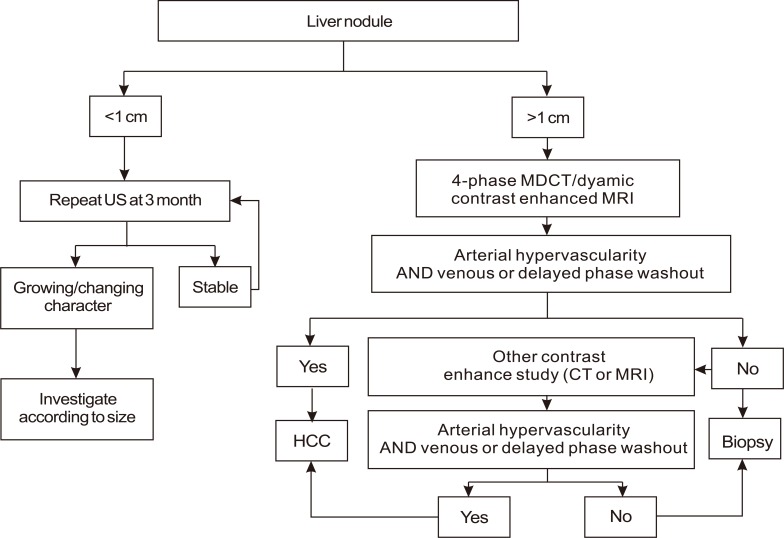



Changes Of Guidelines Diagnosing Hepatocellular Carcinoma During The Last Ten Year Period



Www sld Org Sites Default Files 11 sld Covid19 Expertpanelconsensusstatement November09 Pdf
(3) guideline policies of the AASLD; Various guidelines, including AASLD, EASL, and the TLCA guidelines, recommend that focal liver lesions > 1 cm should be investigated for the possibility of HCC 3, 6, 7 A multiphase contrastenhanced imaging study, MDCT or MRI, is required to evaluate the enhancing patterns of the nodules A systematic review and metaanalysis revealed that CEUS, dynamic MDCT, andThe program will include practical guidance on ways to create effective multidisciplinary teams to manage ALD patients, where hepatologists, addiction specialists, social workers, nurses and a patient's family members work together as a team Go the the AASLDEASL ALD endpoints website for full details on programme, abstract submission and



Www sld Org Sites Default Files 04 sld Covid19 Clinicalinsights 4 07 Final Pdf




Milestones In The Pathogenesis And Management Of Primary Liver Cancer Journal Of Hepatology
AASLD guidelines for the treatment of hepatocellular carcinoma AASLD guidelines for the treatment of hepatocellular carcinoma Hepatology 18 Jan;67(1)3580 doi /hep Authors Julie K Biomed Res Int Bruix J, Sherman M AASLD practice guideline management of hepatocellular carcinoma et al Improving the prediction of hepatocellular carcinoma inAPASL Guidelines for HCC (Hepatol Int 17;




Practice Guidelines sld



Www sld Org Sites Default Files 19 06 sld 18 Hcc Guidance On Diagnosis 2c Staging And Management Hep 281 29 Pdf
Around onefifth of infected individuals develop advanced fibrosis or hepatocellular carcinoma (HCC) The World Health Organization (WHO) guidelines as well as the 16 American Association for the Study of Liver Diseases (AASLD) guidelines are based on robust data and relied on multiple external systematic reviews to answer identified questionsGuideline Resource Unit revision February, Recommendations and Discussion Suggested Diagnostic Workup At Risk Population The American Association for the Study of Liver Disease (AASLD) promotes routine HCC surveillance for all adult patients with ChildPugh A or B cirrhosis2 Screening and surveillance using Liver cancer or hepatocellular carcinoma (HCC) is the sixth most common malignancy and the fourth leading cause of cancerrelated death worldwide () In 18, the age standardized incidence rates for liver cancer were highest in Eastern Asia and SubSaharan Africa, exceeding 141 per 100,000 persons, whereas the United States fell into the higher intermediate




Comprehensive 18 sld Guidance For Chronic Hepatitis B Gutsandgrowth




Hepatic Resection For Hepatocellular Carcinoma
Aims To analyze the main etiological factors and some clinical features of patients with hepatocellular carcinoma (HCC) at diagnosis and to compare them with those we described ten years ago Materials and Methods We compared two groups of patients with HCC, Group 1 consisting of 132 patients ( M, 50 F) diagnosed in the 03–08 period and Group 2 Published in 18 – Ann Oncol (18) 29 (Suppl 4) iv238–iv255 NB The changes noted in the above correction have been incorporated into the manuscript displayed below The 18 ESMO Clinical Practice Guidelines on hepatocellular carcinoma (HCC) are conceived to provide the standard approach to diagnosis and local and systemic treatment ofSurveillance for hepatocellular carcinoma with liver ultrasound examination, with or without alpha fetoprotein (AFP), every 6 months is recommended for patients with cirrhosis a in accordance with the AASLD guidance on the diagnosis, staging, and
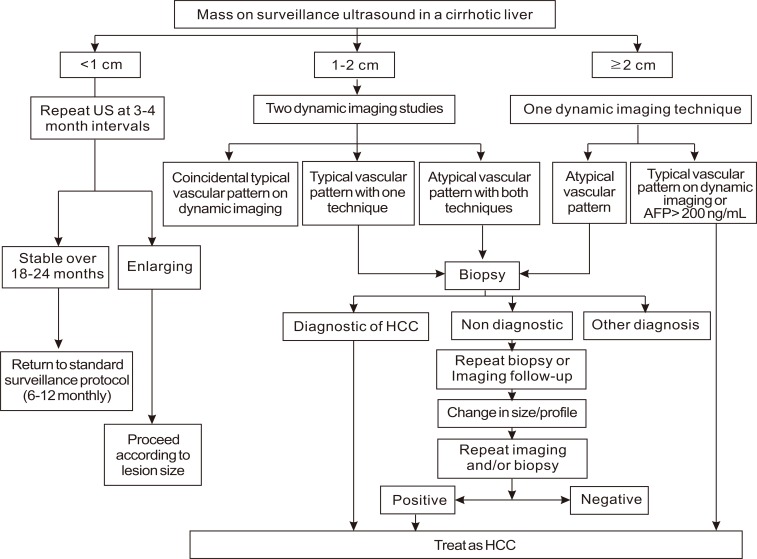



Changes Of Guidelines Diagnosing Hepatocellular Carcinoma During The Last Ten Year Period




Factors Associated With Detection And Survival Of T1 Hepatocellular Carcinoma In The United States National Cancer Database Analysis In Journal Of The National Comprehensive Cancer Network Volume 18 Issue 9
Diagnosis and Management of Autoimmune Hepatitis in Adults and Children 19 Practice Guidance and Guidelines From the American Association for the Study of Liver Diseases Cara L Mack, David Adams, David N Assis, Nanda Kerkar, Michael P Manns, Marlyn J Mayo, John M Vierling, Mouaz Alsawas, Mohammad H Murad, Albert J Czaja , HepatologyImportance Approximately half of newlydiagnosed hepatocellular carcinoma (HCC) cases in the world occur in China, with hepatitis B virus (HBV) infection being the predominant risk factor Recently, the guidelines for the management of Chinese HCC patients were updated Objective The past decade has witnessed a great improvement in the management of hepatocellular carcinoma (HCC)The AASLD and IDSA in partnership with the panel have created an updated web experience to facilitate easier and faster access to this important resource Please select a patient profile from the menu above, click on a guidance section below, or use the search box to begin




Practice Guidelines sld




Practice Guidelines sld
Diagnosis and Management of Autoimmune Hepatitis in Adults and Children 19 Practice Guidance and Guidelines From the American Association for the Study of Liver Diseases Cara L Mack , Corresponding Author Recent American Association for the Study of Liver Diseases (AASLD) guidelines 2 describe the level of evidence for tumordirected therapies by BCLC stage, with the highest level of evidence assigned for resection for very earlystage 0 patients, and transarterial chemoembolization (TACE) for stage B patients who have multinodular HCC confined to the liver Introduction Hepatocellular cancer (HCC) is the most common primary malignancy of the liver It is the fifth most common cancer in the world and fourth leading cause of cancer mortality 1,2The incidence of HCC in the United States has been rapidly rising over the last years and predicted to increase until 30 3,4Imaging plays a critical role in the management of HCC




Practice Guidelines sld
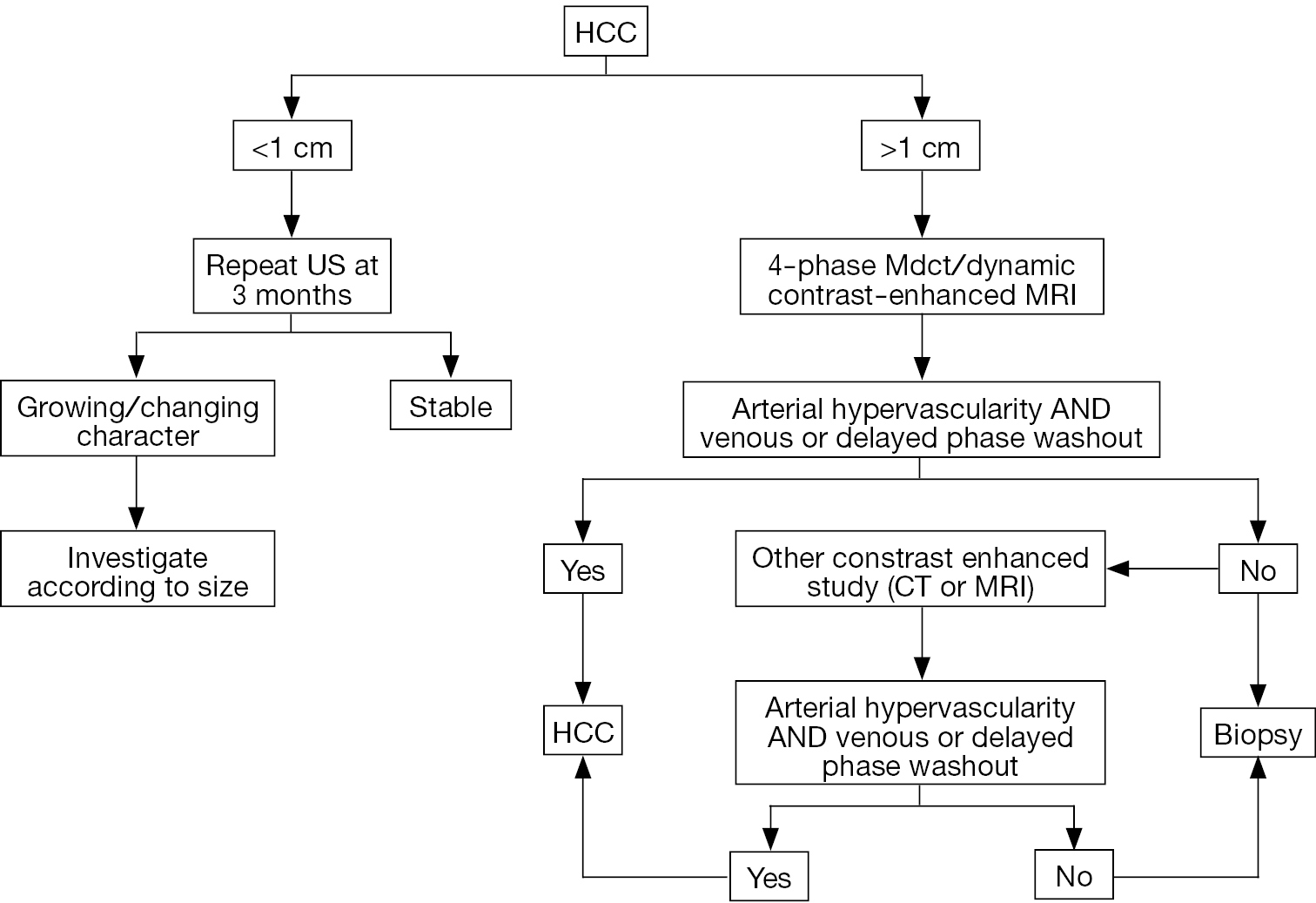



Review On Liver Transplant For Hepatocellular Carcinoma Chiao Translational Cancer Research
The AASLD Transplant Hepatology Board Review Course set for August 1516 in Dallas, TX is now an ondemand course This ondemand course will release on Friday, For further questions contact education@aasldorg Published online 14 December This consensus statement is applicable to specialists, general medical practitioners, nurses, health coordinators and administrators involved in the care of adult patients with hepatocellular carcinoma (HCC) These recommendations summarise the complete document, available at https//wwwgesaorgau/resou rces/hepat ocell ularcarci nomahccThis American Association for the Study of Liver Diseases (AASLD) 18 Practice Guidance on Primary Biliary Cholangitis (PBC) is an update of the PBC guidelines published in 09 Download AASLD 18 Guidance on HCC Diagnosis, Staging and Management This guidance provides a datasupported approach to the diagnosis, staging, and treatment of




Practice Guidelines sld




Pdf sld Practice Guideline Management Of Hepatocellular Carcinoma An Update
Management of Hepatocellular Carcinoma An Update Jordi Bruix,1 and Morris Sherman2 Since the publication of the American Association for the Study of Liver Diseases (AASLD) practice guidelines on the management of hepatocellular carcinoma (HCC) in 05, new information has emerged that requires that the guidelines be updated The full verThe program of the Liver Cancer Summit will feature state of the art lectures on updated key aspects of HCC and CCA by renowned experts and rising stars covering a broad spectrum of topics Panel discussion with experts will open a discussion on the new directions and avenues for research and clinical practiceProgram at a Glance 3 What the Digital Experience Has To Offer Below is a brief guide to the robust educational offerings you will find at TLMdX, including a preliminary schedule to help you make the most out of your attendance Educational Content From the cornerstone AASLD Postgraduate Course to the highly attended stateofthe




Diagnosis Staging And Management Of Hepatocellular Carcinoma 18 Practice Guidance By The American Association For The Study Of Liver Diseases Marrero 18 Hepatology Wiley Online Library




Diagnosis Of Liver Nodules Within And Outside Screening Programs Annals Of Hepatology
Conclusions In our cohort, the adherence rate to AASLD treatment guidelines in patients with BCLC stage D was very low at 38% Lack of adherence in this group of patients translated into better overall survival The current AASLD guidelines for the management of HCC have several limitations, especially for advanced stages HCC Recall and Diagnosis Patients with a lesion ≥1 cm on ultrasound or AFP > ng/mL on surveillance imaging should undergo diagnostic evaluation with a multiphasic CT or MRI 14 The AASLD guidelines endorse the use of LIRADS, a comprehensive system that aims to standardize the interpretation and reporting for diagnostic imagingEpub Apr 25 Authors Sun Kyung Jeon 1 2 , Jeong Min Lee 3 4 Results For diagnosis of HCC, AASLD guideline showed highest specificity (974%), followed by EASL and KLCANCC guidelines (921% and 921%, p > 099 and = 015, respectively, in comparison to AASLD), while the specificity of APASL guideline was significantly lower than that




Comparison Of The Diagnostic Performance Of The 17 And 18 Versions Of Li Rads For Hepatocellular Carcinoma On Gadoxetic Acid Enhanced Mri Clinical Radiology




Gadoxetic Acid Based Hepatobiliary Mri In Hepatocellular Carcinoma Jhep Reports
AASLD Guidelines for the Treatment of Hepatocellular Carcinoma Julie K Heimbach,1 Laura M Kulik,2 Richard S Finn,3 Claude B Sirlin,4 Michael M Abecassis,5 Lewis R Roberts,6 Andrew X Zhu,7 M Hassan Murad,8 and Jorge A Marrero9 GuidingAn evaluation of hepatocellular carcinoma practice guidelines from a radiation oncology perspective Radiother Oncol Apr 2; doi /jradoncIn children with cirrhosis, liver ultrasound with or without serum alphafetoprotein (AFP) testing every 6 months is recommended for HCC surveillance per AASLD guidelines (Marrero, 18) A baseline endoscopy is advisable to detect esophageal varices in children with cirrhosis and every 3 years thereafter in the absence of viral clearance




Management Of Primary Hepatic Malignancies During The Covid 19 Pandemic Recommendations For Risk Mitigation From A Multidisciplinary Perspective The Lancet Gastroenterology Hepatology
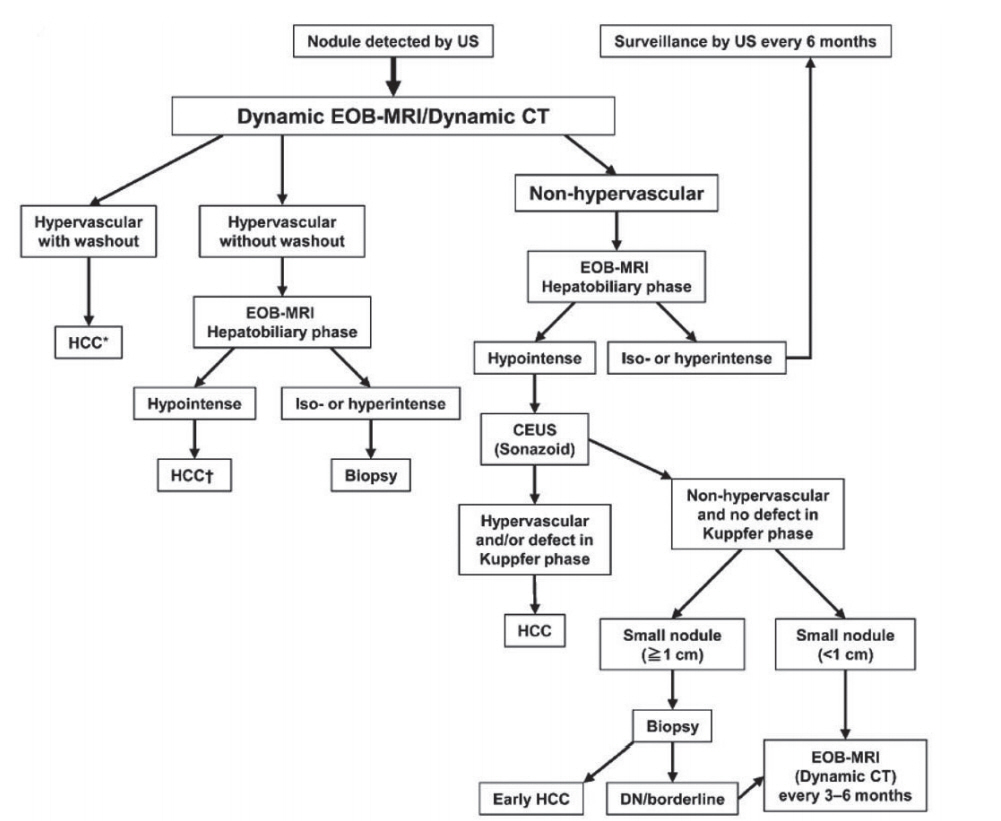



Comparison Of International Guidelines For Noninvasive Diagnosis Of Hepatocellular Carcinoma 18 Update
AASLD/IDSA HCV guidance panel Recommendations for testing, managing, and treating hepatitis C Updated Internet citedMedia Contacts Nola Gruneisen, AASLD, 571‐292‐3068 Lauren Martin, IDSA, () HCVguidelinesorg — a website developed by the American Association for the Study of Liver Diseases and the Infectious Diseases Society of America to provide uptodate guidance on the management of hepatitis C — was recently revised to reflect importantA guideline methodologist was appointed to support the GDG (MF) for 7% of all cancers3 Hepatocellular carcinoma (HCC) represents about 90% of primary liver cancers and constitutes a major USA in 08, respectively It is estimated that by the number of cases will reach 78,000 and 27,000, respectively8 In Europe, hepatitis C




Practice Guidelines sld




sld Guidelines Hepatitis B Hcc Screening Cute766
Update on Prevention, Diagnosis, and Treatment of Chronic Hepatitis B AASLD 18 Hepatitis B Guidance Norah A Terrault,1 Anna SF Lok,2 Brian J McMahon,3 KyongMi Chang,4 Jessica P Hwang,5 Maureen M Jonas,6 Robert S Brown Jr,7 Natalie H Bzowej,8 and John B Wong9 Purpose and Scope of the




Practice Guidelines sld



The Asian Pacific Association For The Study Of The Liver Apasl




Pdf sld Practice Guideline Management Of Hepatocellular Carcinoma An Update




Diagnosis Of Hepatocellular Carcinoma An Update On International Guidelines Sciencedirect
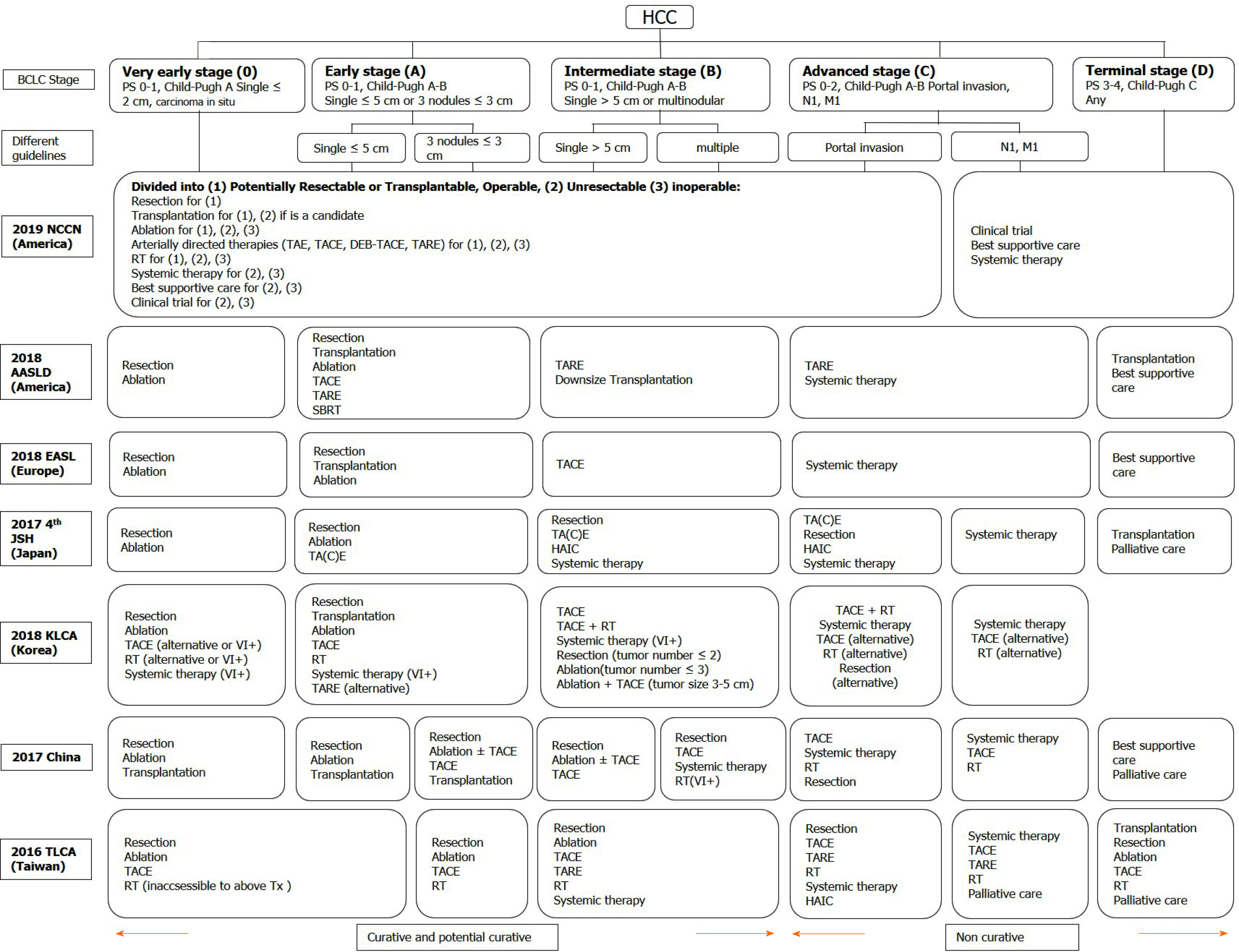



Role Of Modern Radiotherapy In Managing Patients With Hepatocellular Carcinoma




Hepatocellular Carcinoma Part 2 Clinical Presentation And Diagnosis European Medical Journal




19 Chinese Clinical Guidelines For The Management Of Hepatocellular Carcinoma Updates And Insights Xie Hepatobiliary Surgery And Nutrition




Comparison Of The Current International Guidelines On The Management Of Hcc Semantic Scholar




An Evaluation Of Hepatocellular Carcinoma Practice Guidelines From A Radiation Oncology Perspective Radiotherapy And Oncology



Www sld Org Sites Default Files 19 06 sld 18 Hcc Guidance On Diagnosis 2c Staging And Management Hep 281 29 Pdf
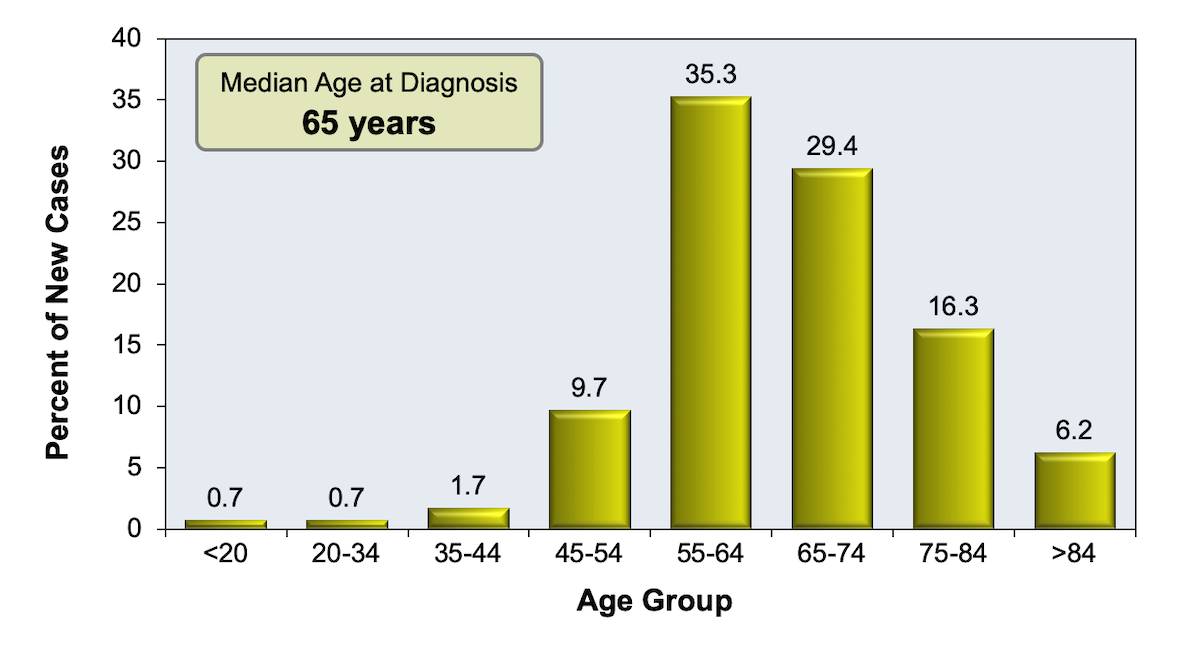



Core Concepts Surveillance For Hepatocellular Carcinoma Evaluation Staging And Monitoring Of Chronic Hepatitis C Hepatitis C Online



sld Guidelines Varices



1




sld Posts Facebook




New Advances In The Diagnosis And Management Of Hepatocellular Carcinoma The Bmj




Comparison Of Knowledge Based Iterative Model Reconstruction Imr With Hybrid Iterative Reconstruction Idose4 Techniques For Evaluation Of Hepatocellular Carcinomas Using Computed Tomography Academic Radiology




80vphvi2nwxwhm




Diagnosis Of Liver Nodules Within And Outside Screening Programs Annals Of Hepatology
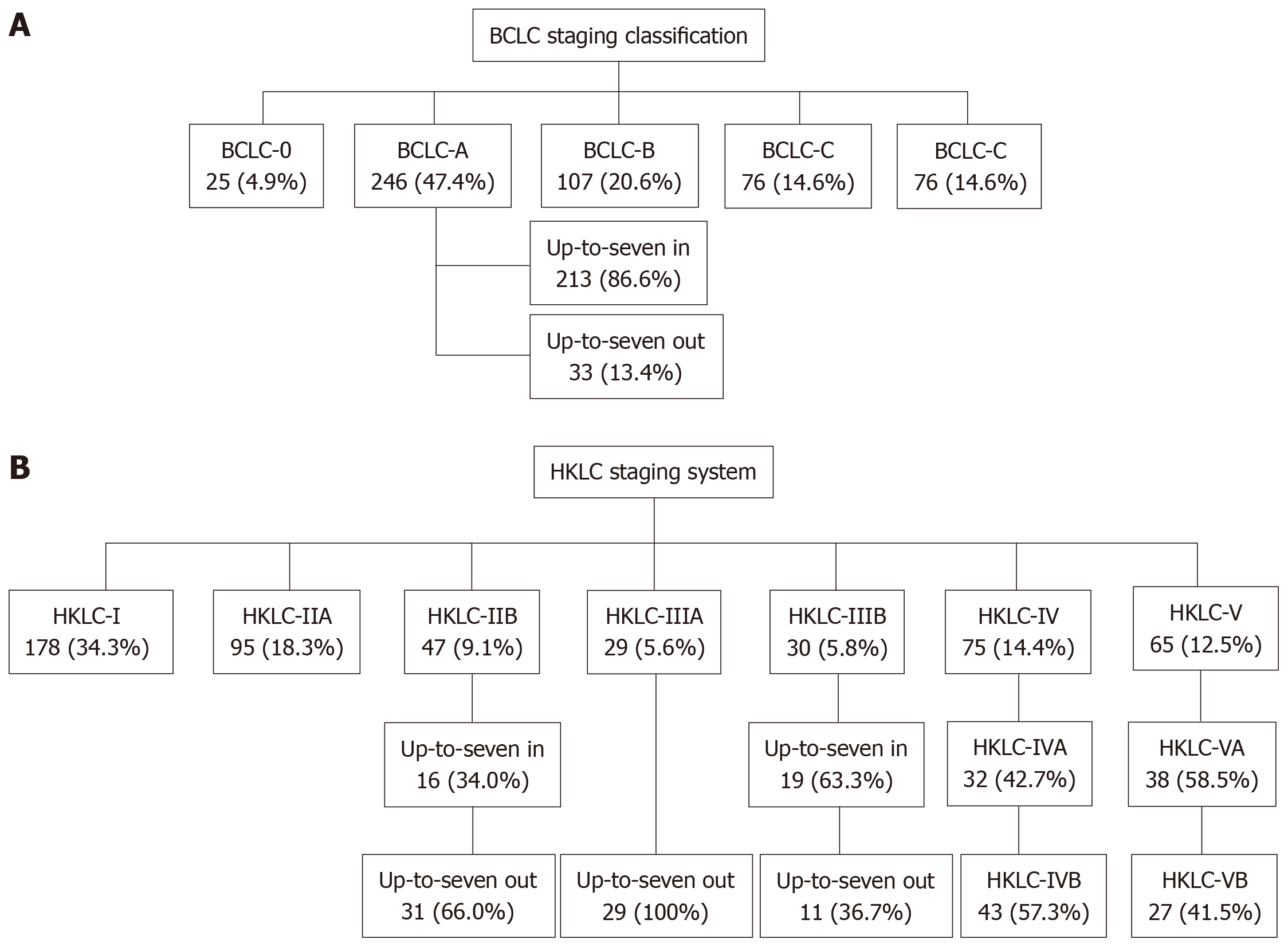



Hepatocellular Carcinoma Staging Systems Hong Kong Liver Cancer Vs Barcelona Clinic Liver Cancer In A Western Population




Guidance For Design And Endpoints Of Clinical Trials In Chronic Hepatitis B Report From The 19 Easl sld Hbv Treatment Endpoints Conference Journal Of Hepatology




The Liver Meeting Hepatitis Sessions Coalition For Global Hepatitis Elimination




Hcc Surveillance After Svr In Patients With F3 F4 Fibrosis Journal Of Hepatology



1
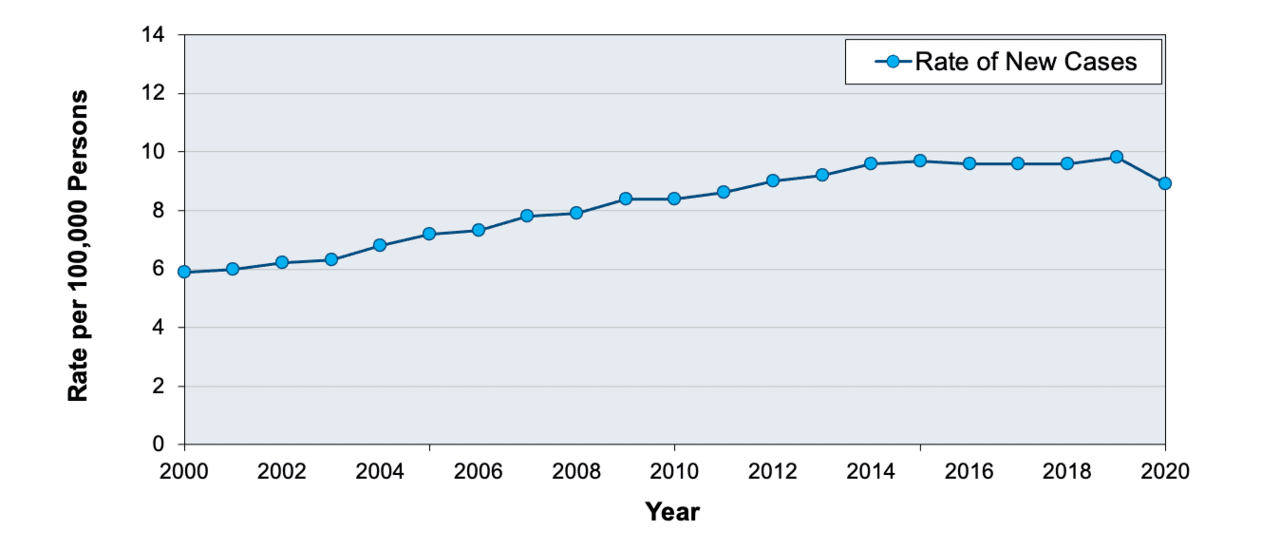



Core Concepts Surveillance For Hepatocellular Carcinoma Evaluation Staging And Monitoring Of Chronic Hepatitis C Hepatitis C Online




Hcv Screening Guidelines Hcv In Women Module Hcv In Women Hepatitis Clinical Care Options
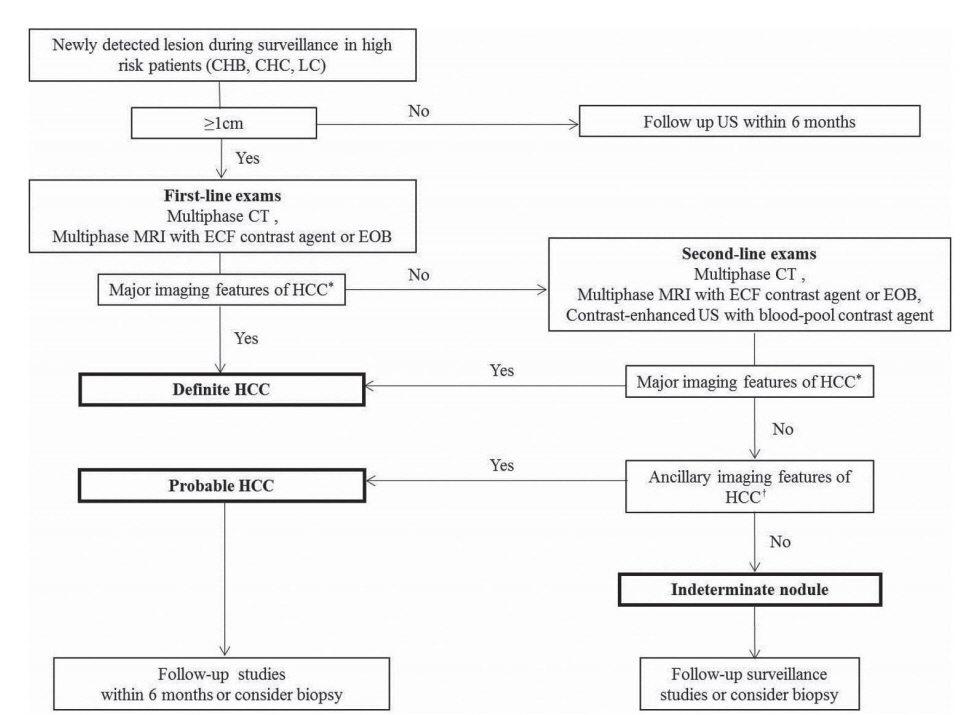



Comparison Of International Guidelines For Noninvasive Diagnosis Of Hepatocellular Carcinoma 18 Update
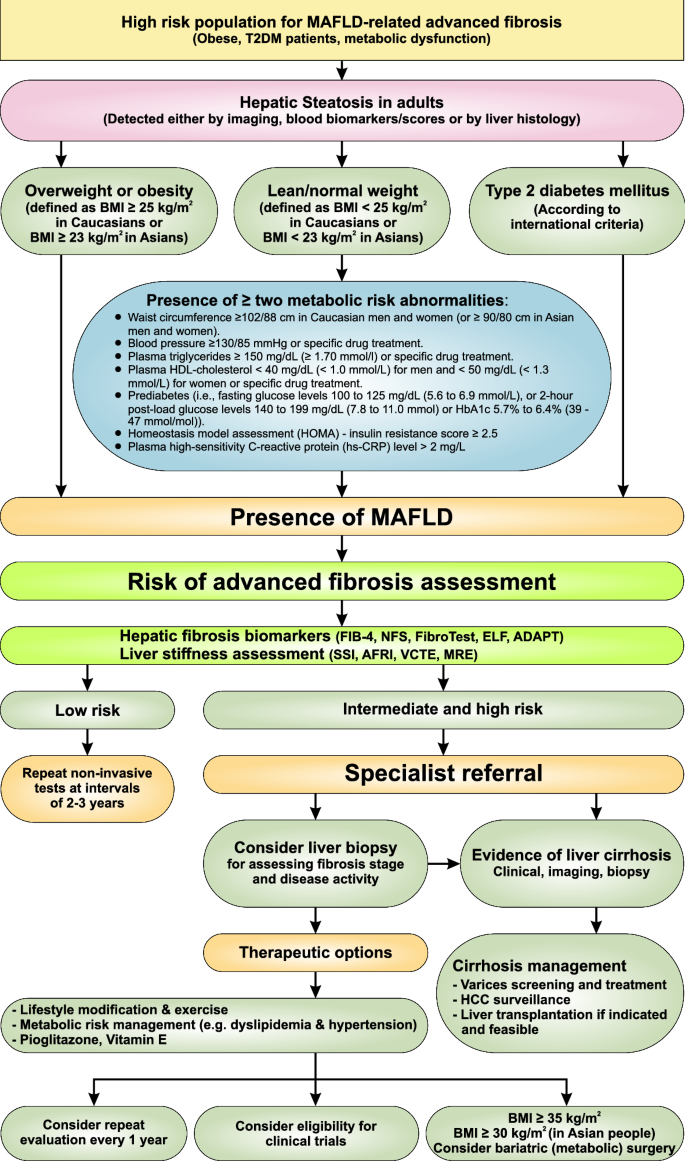



The Asian Pacific Association For The Study Of The Liver Clinical Practice Guidelines For The Diagnosis And Management Of Metabolic Associated Fatty Liver Disease Springerlink



1




Figure 3 From Imaging Approach To Hepatocellular Carcinoma Cholangiocarcinoma And Metastatic Colorectal Cancer Semantic Scholar




Diagnostic Algorithm Of sld Guideline For Nodule By Detected Us In Download Scientific Diagram
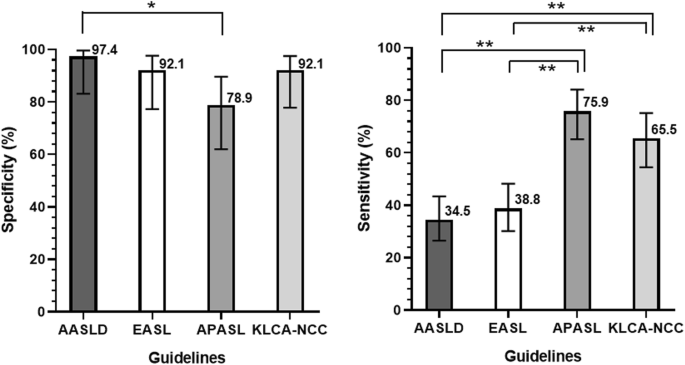



Comparison Of Guidelines For Diagnosis Of Hepatocellular Carcinoma Using Gadoxetic Acid Enhanced Mri In Transplantation Candidates Springerlink




Factors Associated With Detection And Survival Of T1 Hepatocellular Carcinoma In The United States National Cancer Database Analysis In Journal Of The National Comprehensive Cancer Network Volume 18 Issue 9




Management Consensus Guideline For Hepatocellular Carcinoma Update On Surveillance Diagnosis And Systemic Treatment By The Taiwan Liver Cancer Association And The Gastroenterological Society Of Taiwan Sciencedirect




Liver Imaging Reporting And Data System Li Rads Version 18 Imaging Of Hepatocellular Carcinoma In At Risk Patients Radiology




Practice Guidelines sld




The Diagnostic Algorithm From The sld For Hcc In Patients Who Have Download Scientific Diagram
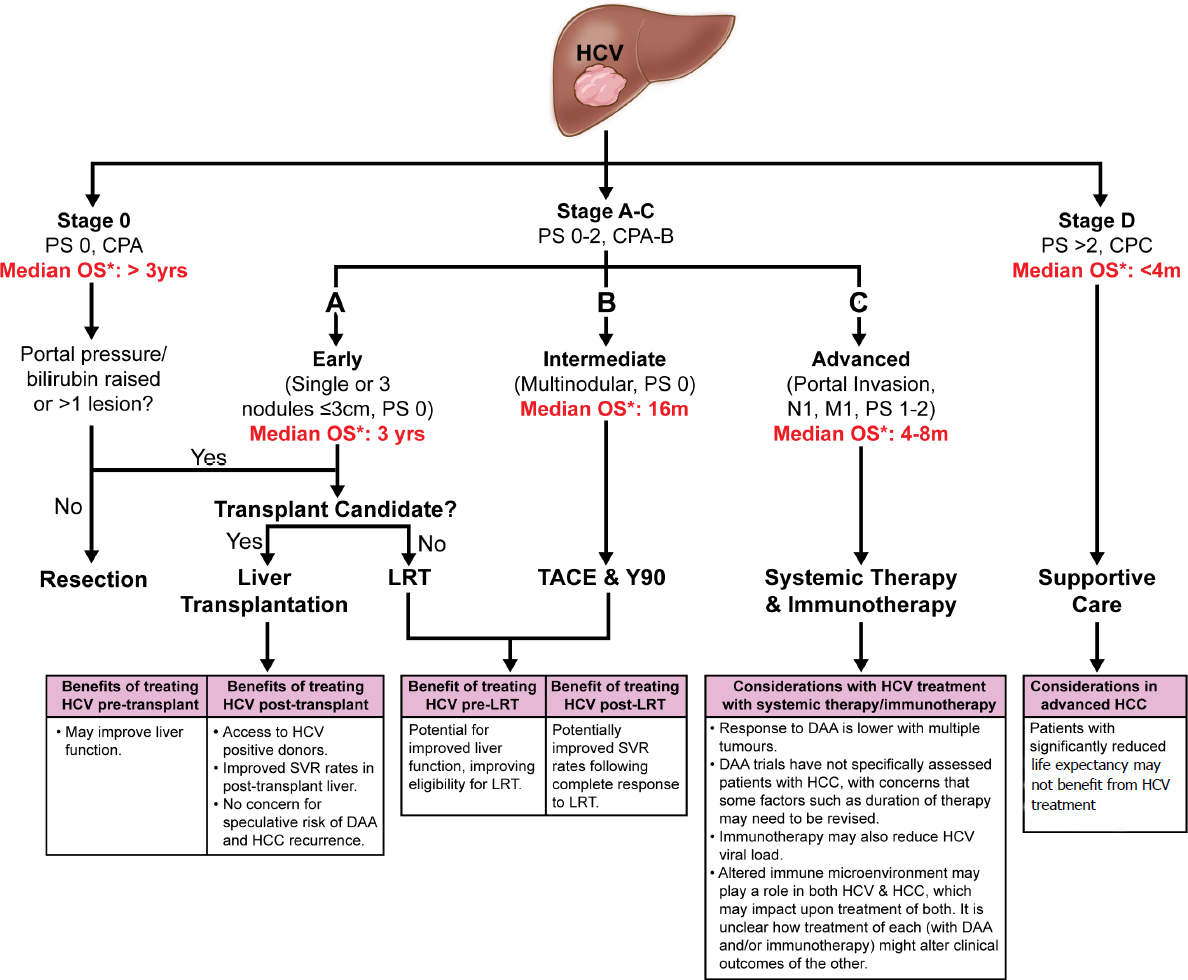



Management Of Concomitant Hepatocellular Carcinoma And Chronic Hepatitis C A Review




Hcc Guidelines Ppt Video Online Download




Diagnostic Algorithm For Hepatocellular Carcinoma Of American Download Scientific Diagram




An Evaluation Of Hepatocellular Carcinoma Practice Guidelines From A Radiation Oncology Perspective Radiotherapy And Oncology



Www sld Org Sites Default Files 05 sld Covid19 Clinicalinsights May14 Final Pdf




New Frontiers In Liver Resection For Hepatocellular Carcinoma Jhep Reports



Www sld Org Sites Default Files 19 06 sld 18 Hcc Guidance On Diagnosis 2c Staging And Management Hep 281 29 Pdf



Hepatology Vol 72 No 2



sld Practice Guidelines Hepatology




The lc Staging System For Hcc From sld Practice Guideline In 05 1 Download Scientific Diagram




Conceptual Model For The Hepatocellular Carcinoma Screening Continuum Current Status And Research Agenda Clinical Gastroenterology And Hepatology




American Association For The Study Of Liver Diseases sld Astro Joint Session On The Multidisciplinary Management Of Hepatocellular Carcinoma Guidelines Practicalities And A Tumor Board Annual Meeting Astro




Comparative Analysis Of Current Guidelines For The Treatment Of Hepatocellular Carcinoma Hepatic Oncology
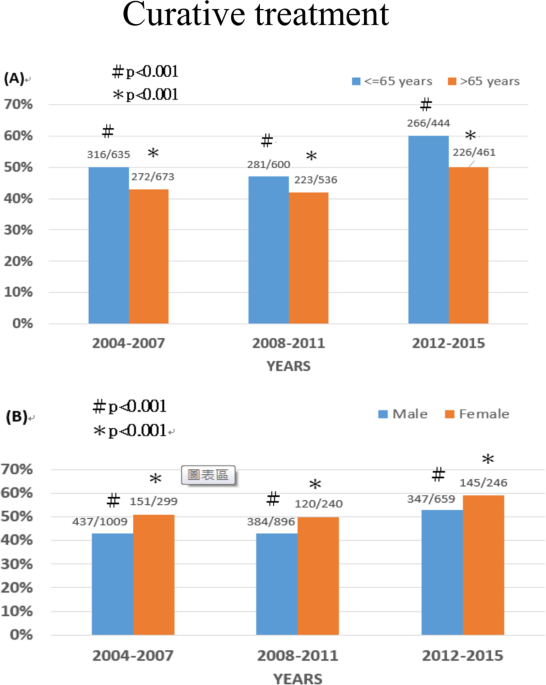



Evolution Of Etiology Presentation Management And Prognostic Tool In Hepatocellular Carcinoma Scientific Reports




Surveillance Barriers To Care Key To Federal Medicine Fight Against Hcc U S Medicine




Practice Guidelines sld




New Data Supporting Modified Recist Mrecist For Hepatocellular Carcinoma Clinical Cancer Research




Hepatocellular Carcinoma Illustrated Guide To Systematic Radiologic Diagnosis And Staging According To Guidelines Of The American Association For The Study Of Liver Diseases Radiographics




Diagnosis Of Hepatocellular Carcinoma An Update On International Guidelines Sciencedirect




19 Chinese Clinical Guidelines For The Management Of Hepatocellular Carcinoma Updates And Insights Xie Hepatobiliary Surgery And Nutrition




Targetoid Hepatic Observations On Gadoxetic Acid Enhanced Mri Using Li Rads Version 18 Emphasis On Hepatocellular Carcinomas Assigned To The Lr M Category Clinical Radiology




Changes Of Guidelines Diagnosing Hepatocellular Carcinoma During The Last Ten Year Period




sld Guidelines
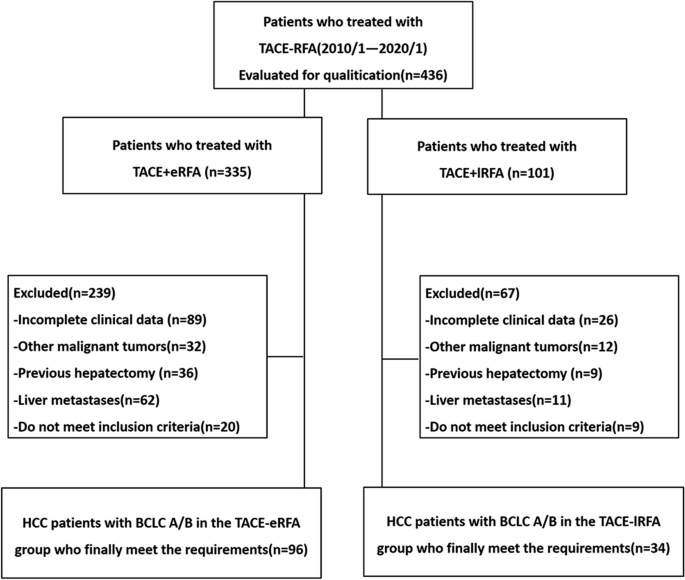



Sequential Transarterial Chemoembolization And Early Radiofrequency Ablation Improves Clinical Outcomes For Early Intermediate Hepatocellular Carcinoma In A 10 Year Single Center Comparative Study Bmc Gastroenterology Full Text




Comparison Of The Current International Guidelines On The Management Of Hcc Jhep Reports




Easl Eortc Clinical Practice Guidelines Management Of Hepatocellular Carcinoma Journal Of Hepatology




One World One Pandemic Many Guidelines Management Of Liver Diseases During Covid 19 Gut




Hepatocellular Carcinoma Nature Reviews Disease Primers




Clinical And Economical Impact Of 10 sld Guidelines For The Diagnosis Of Hepatocellular Carcinoma Journal Of Hepatology




Surveillance For Hepatocellular Carcinoma In Patients With Advanced Liver Fibrosis Sangiovanni A Colombo M Saudi J Gastroenterol




Diagnostic Algorithm For Suspected Hepatocellular Carcinoma Hcc Of Download Scientific Diagram



Www Idsociety Org Globalassets Idsa Topics Of Interest Emerging Clinical Issues sldguidelinehccupdate10 1 Pdf



Www Idsociety Org Globalassets Idsa Topics Of Interest Emerging Clinical Issues sldguidelinehccupdate10 1 Pdf



Www sld Org Sites Default Files 21 03 sld Covid19 Expertpanelconsensusstatement March921 Pdf
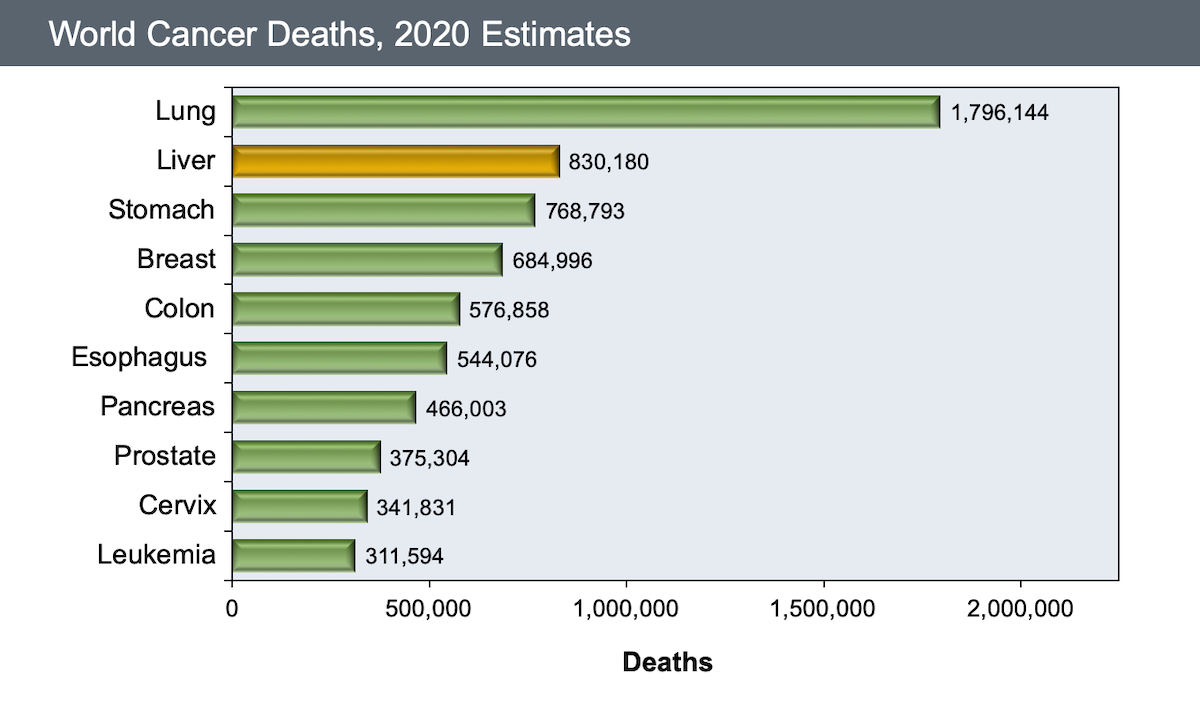



Core Concepts Surveillance For Hepatocellular Carcinoma Evaluation Staging And Monitoring Of Chronic Hepatitis C Hepatitis C Online
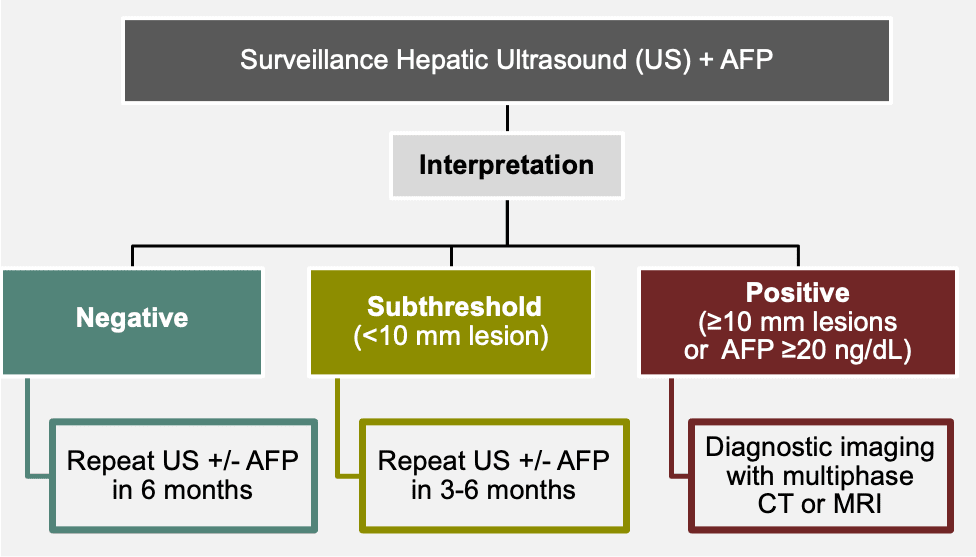



Core Concepts Screening For Hepatocellular Carcinoma Other Topics Hepatitis B Online
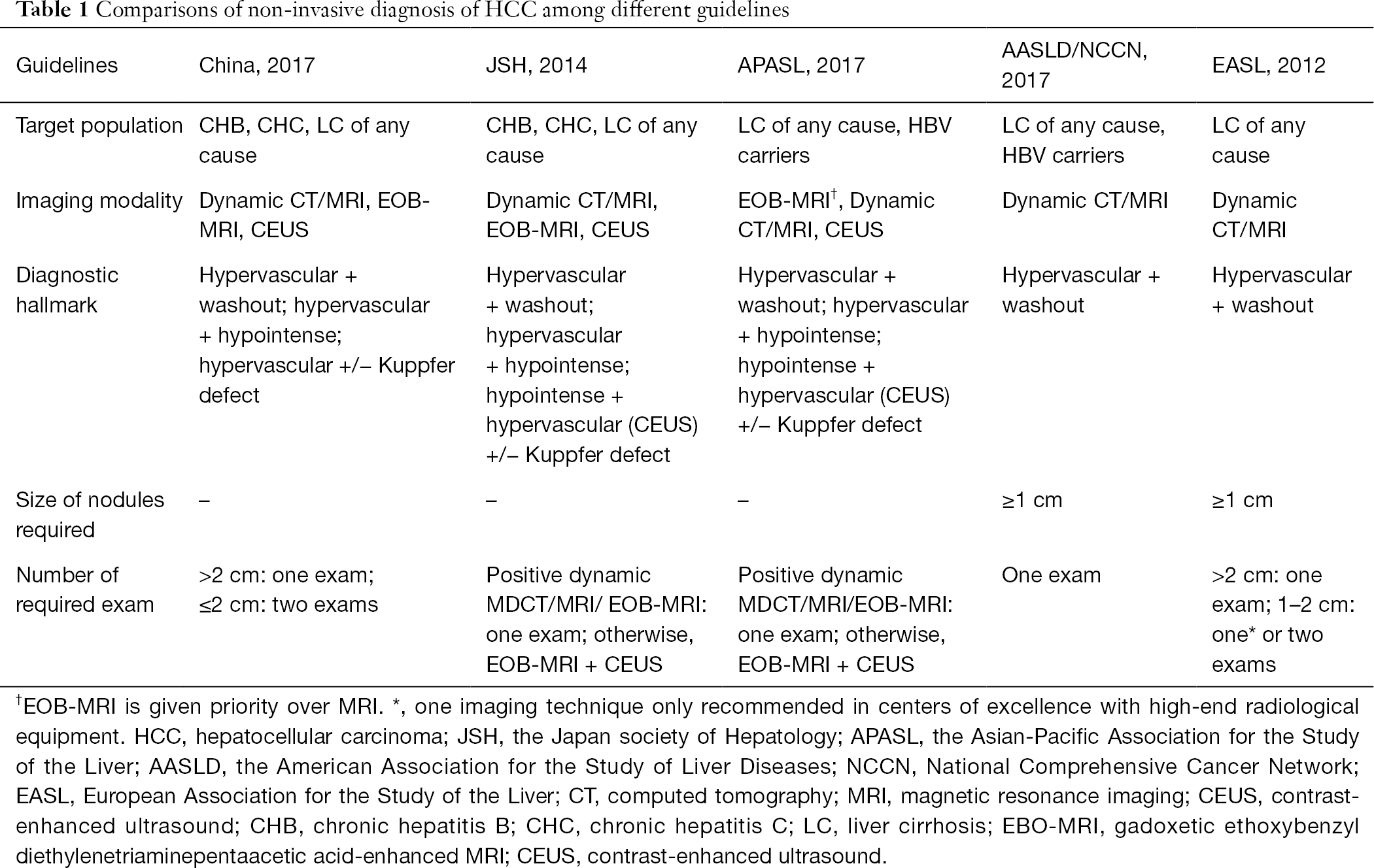



Critical Appraisal Of Chinese 17 Guideline On The Management Of Hepatocellular Carcinoma Xie Hepatobiliary Surgery And Nutrition
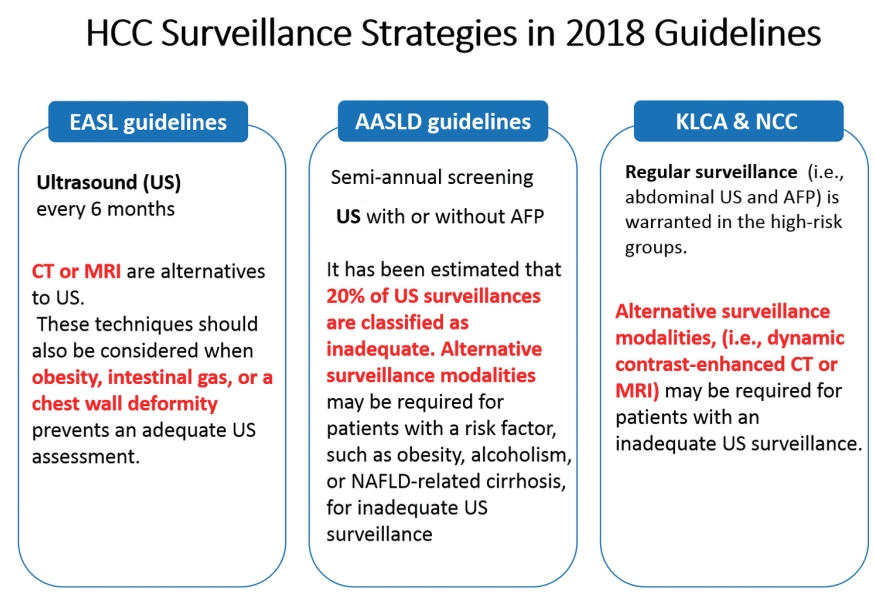



Liver Magnetic Resonance Imaging For Hepatocellular Carcinoma Surveillance




Hepatitis C Guidance 19 Update American Association For The Study Of Liver Diseases Infectious Diseases Society Of America Recommendations For Testing Managing And Treating Hepatitis C Virus Infection Ghany



1




Curative Irradiation Treatment Of Hepatocellular Carcinoma A Multicenter Phase 2 Trial International Journal Of Radiation Oncology Biology Physics




sld Cregg




sld Algorithm For Diagnosis Of Hcc Download Scientific Diagram
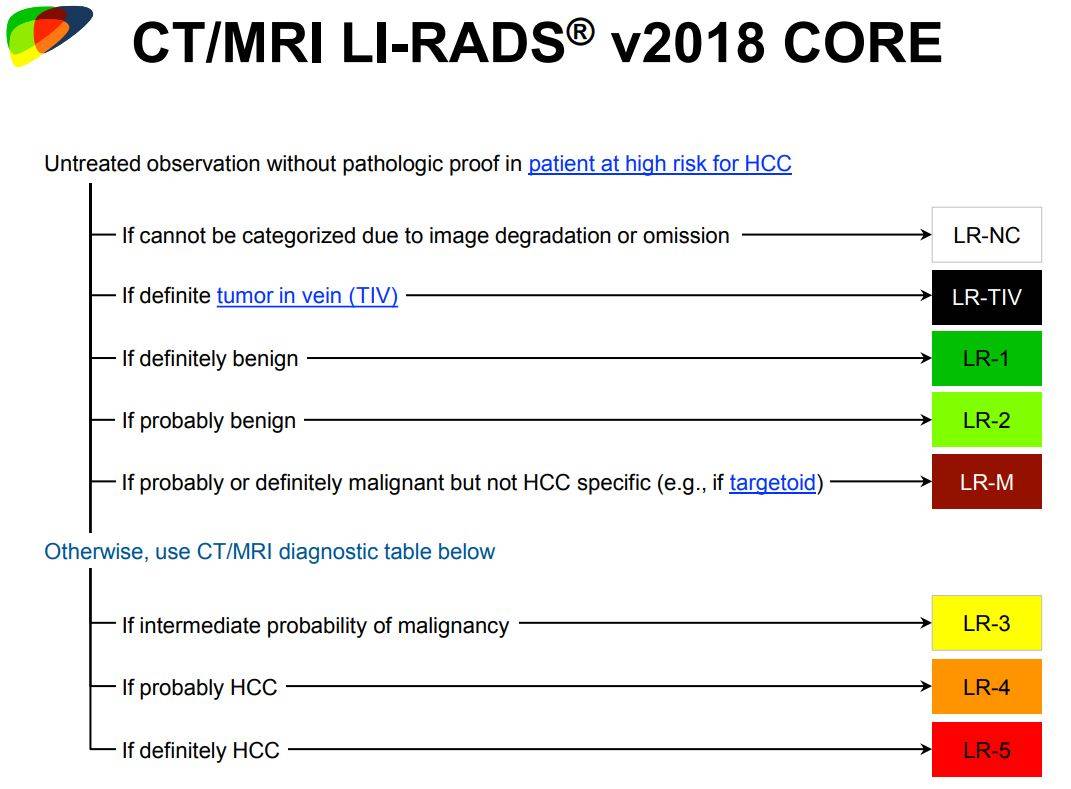



Ct Mri Li Rads V18 American College Of Radiology



0 件のコメント:
コメントを投稿